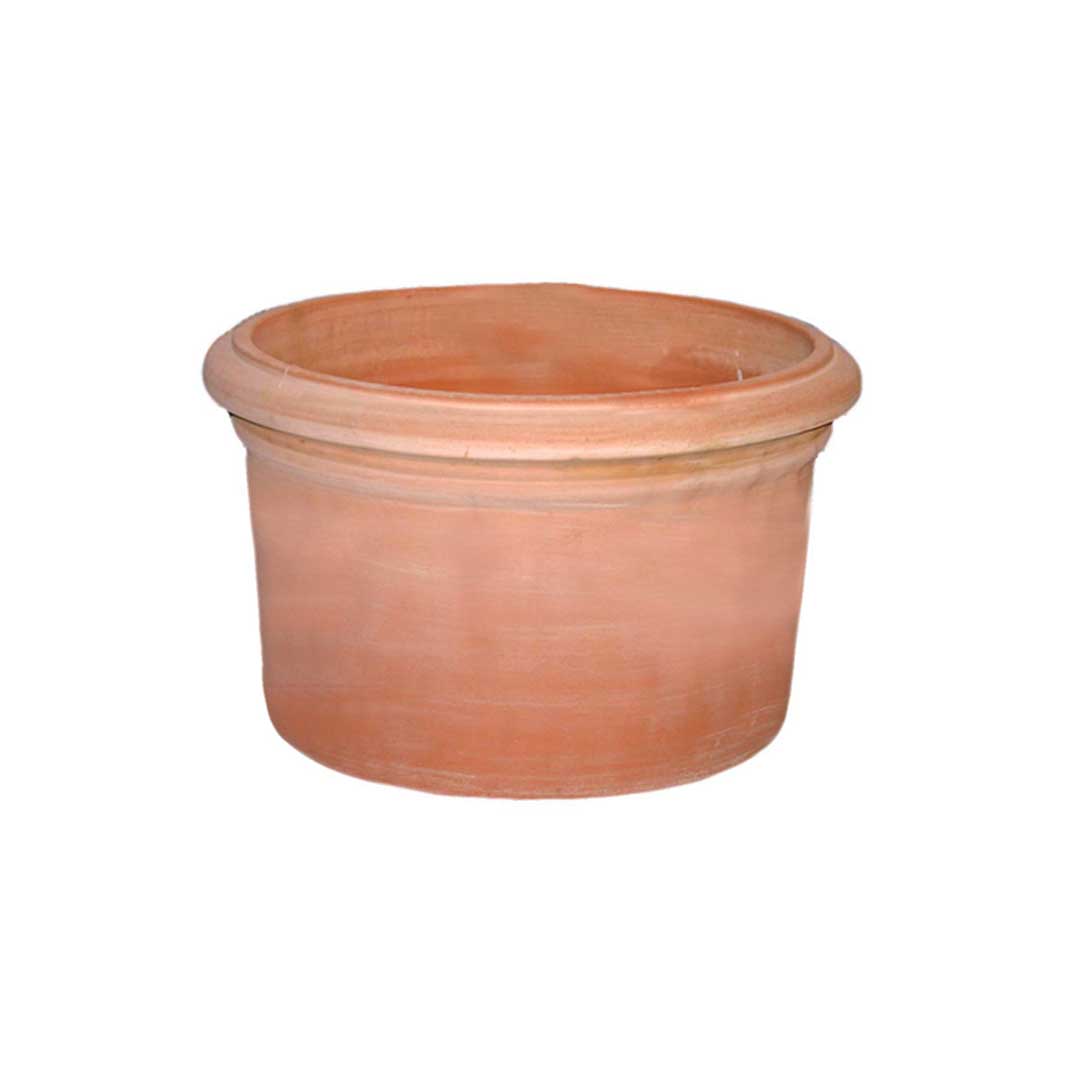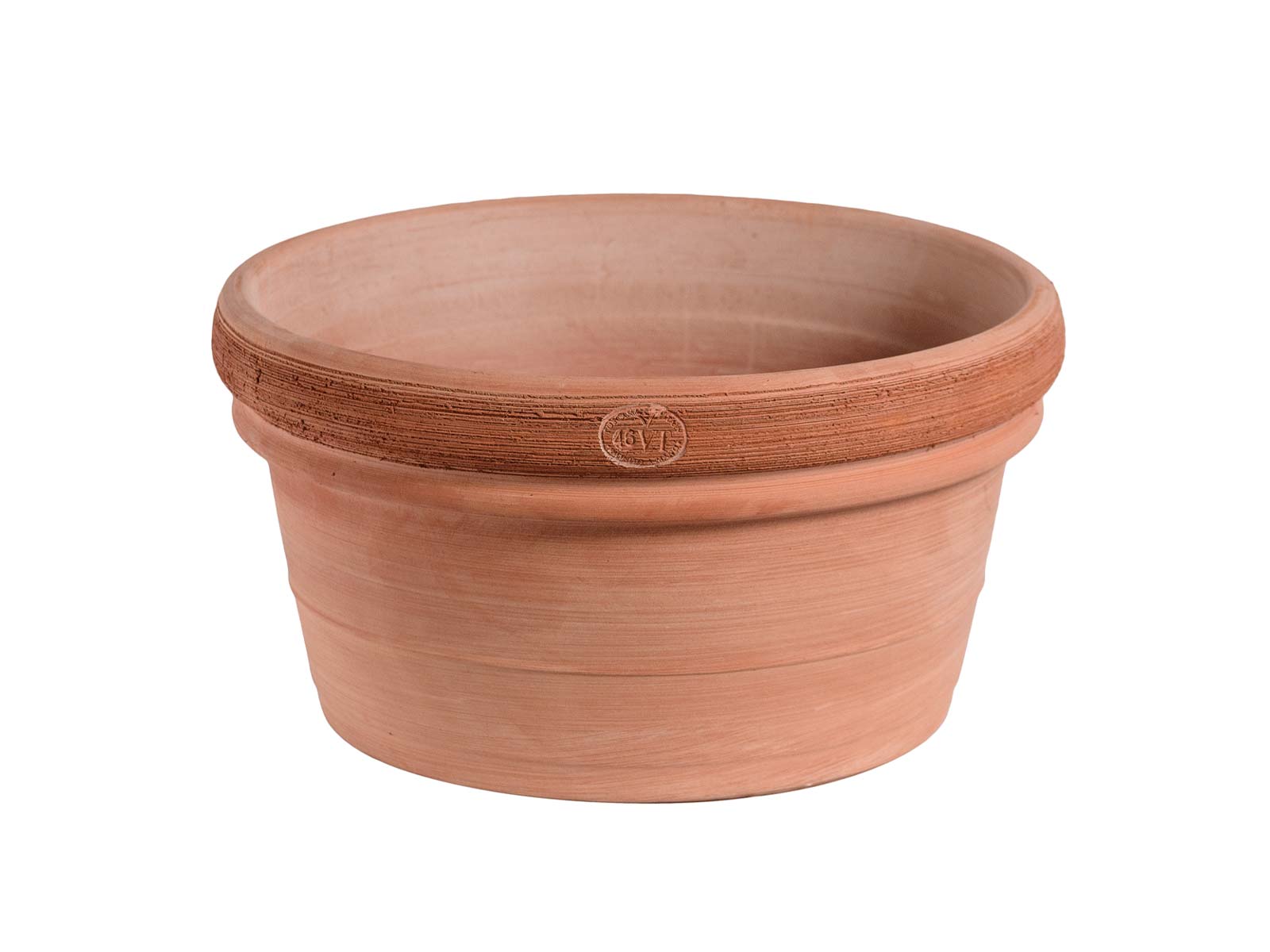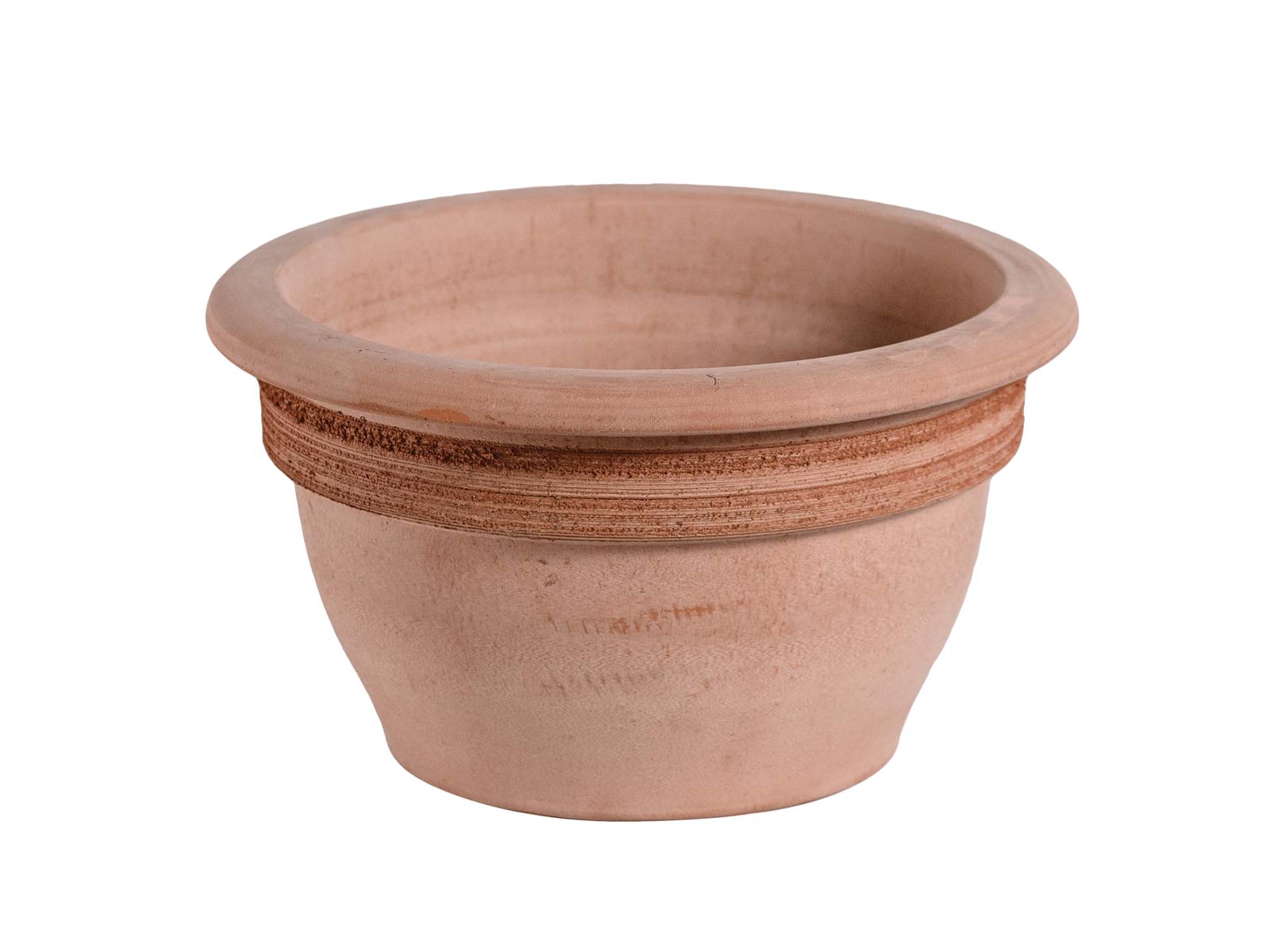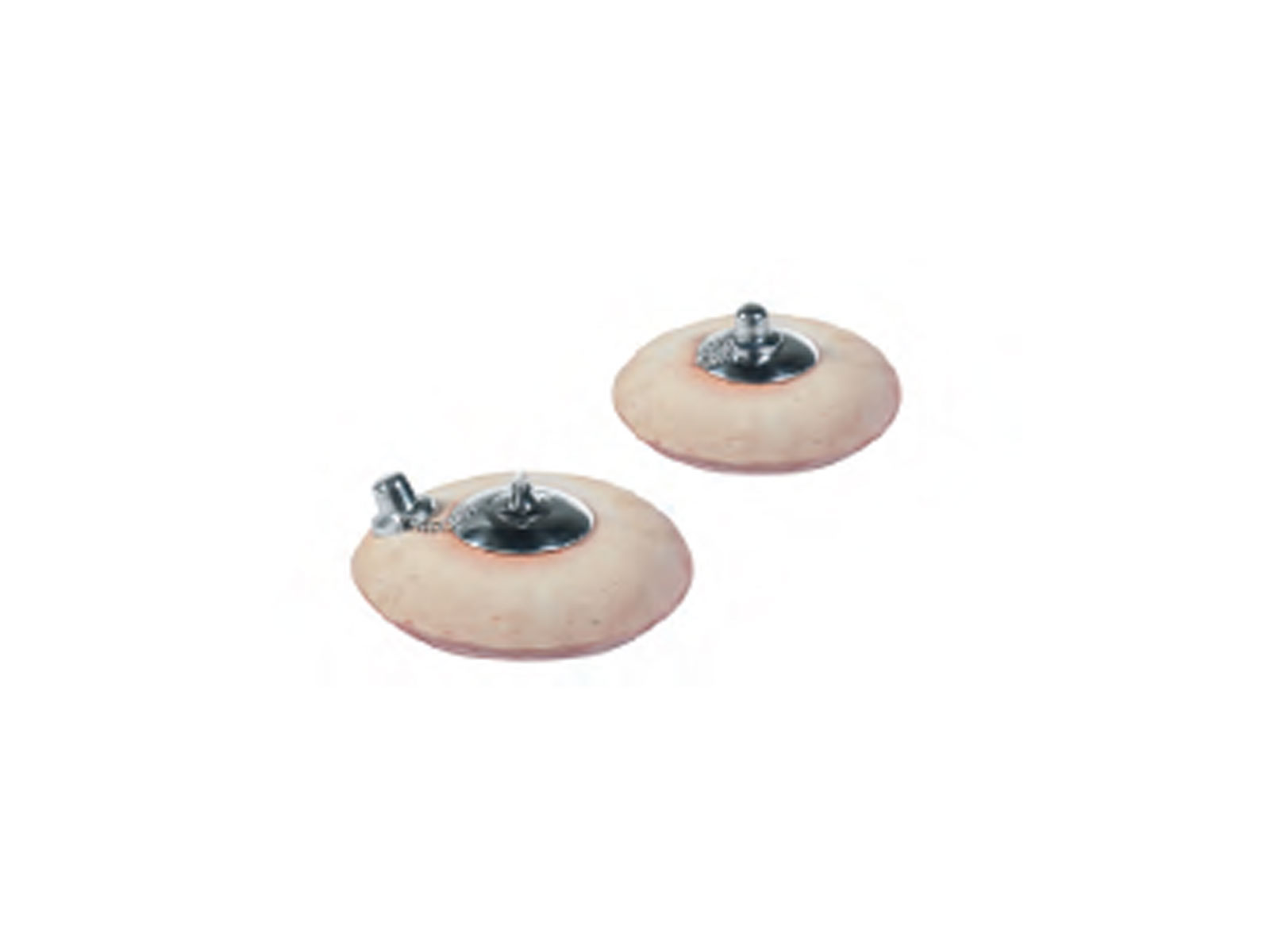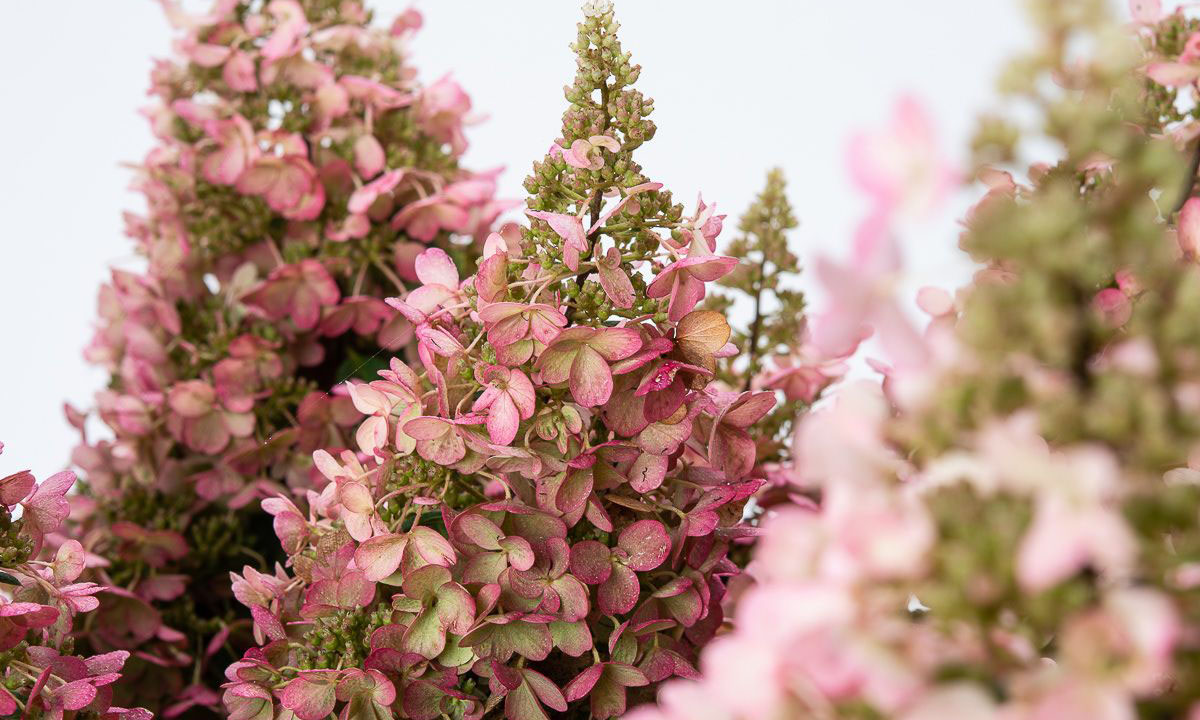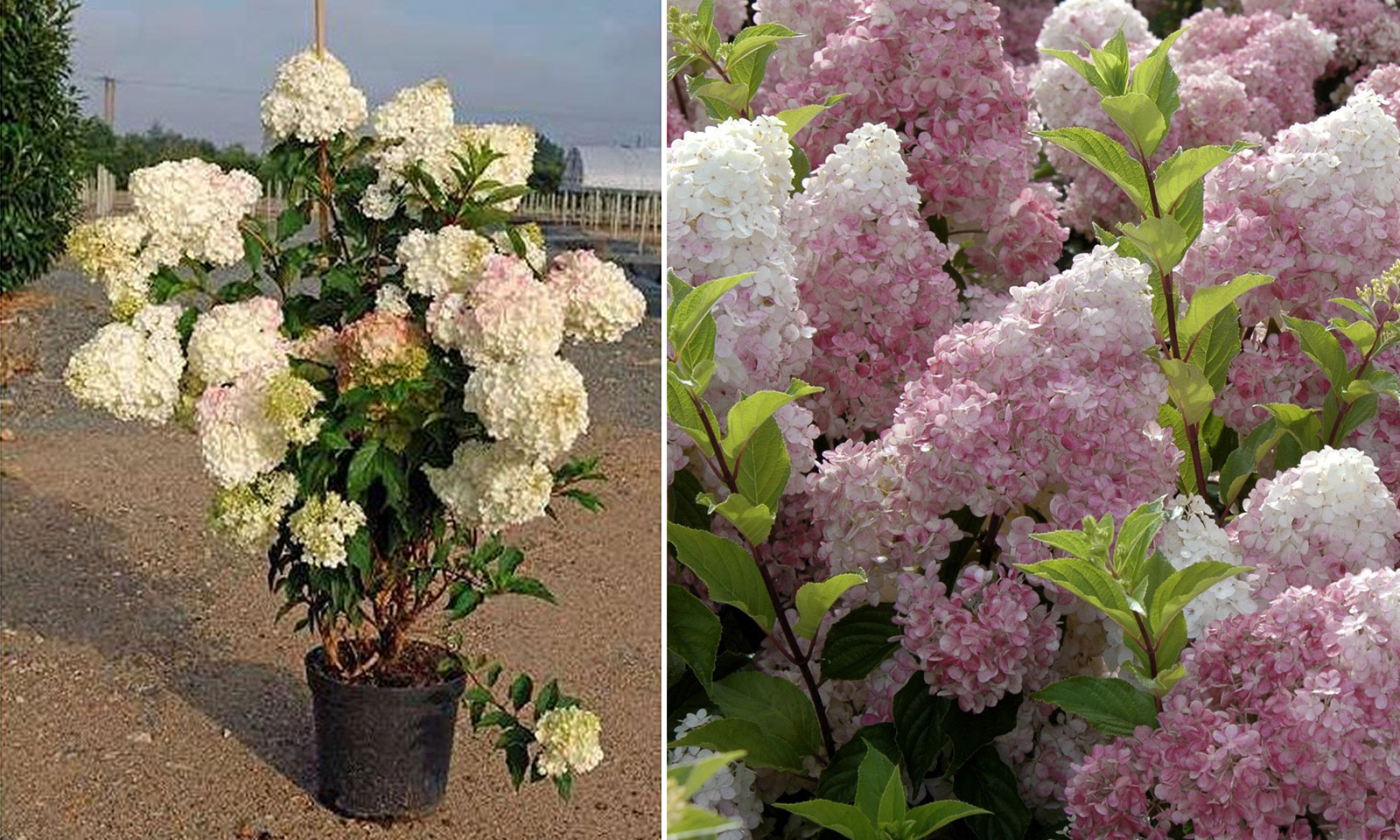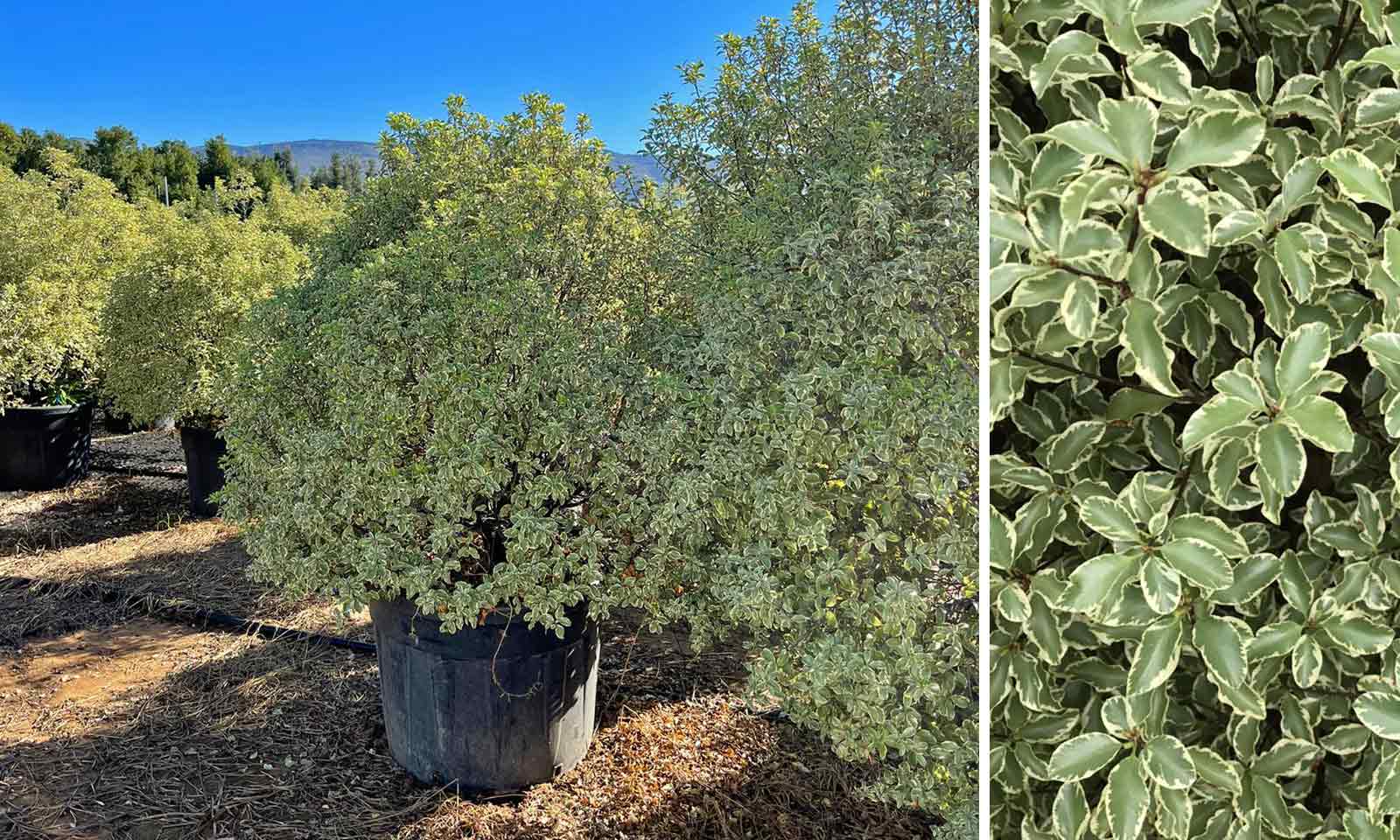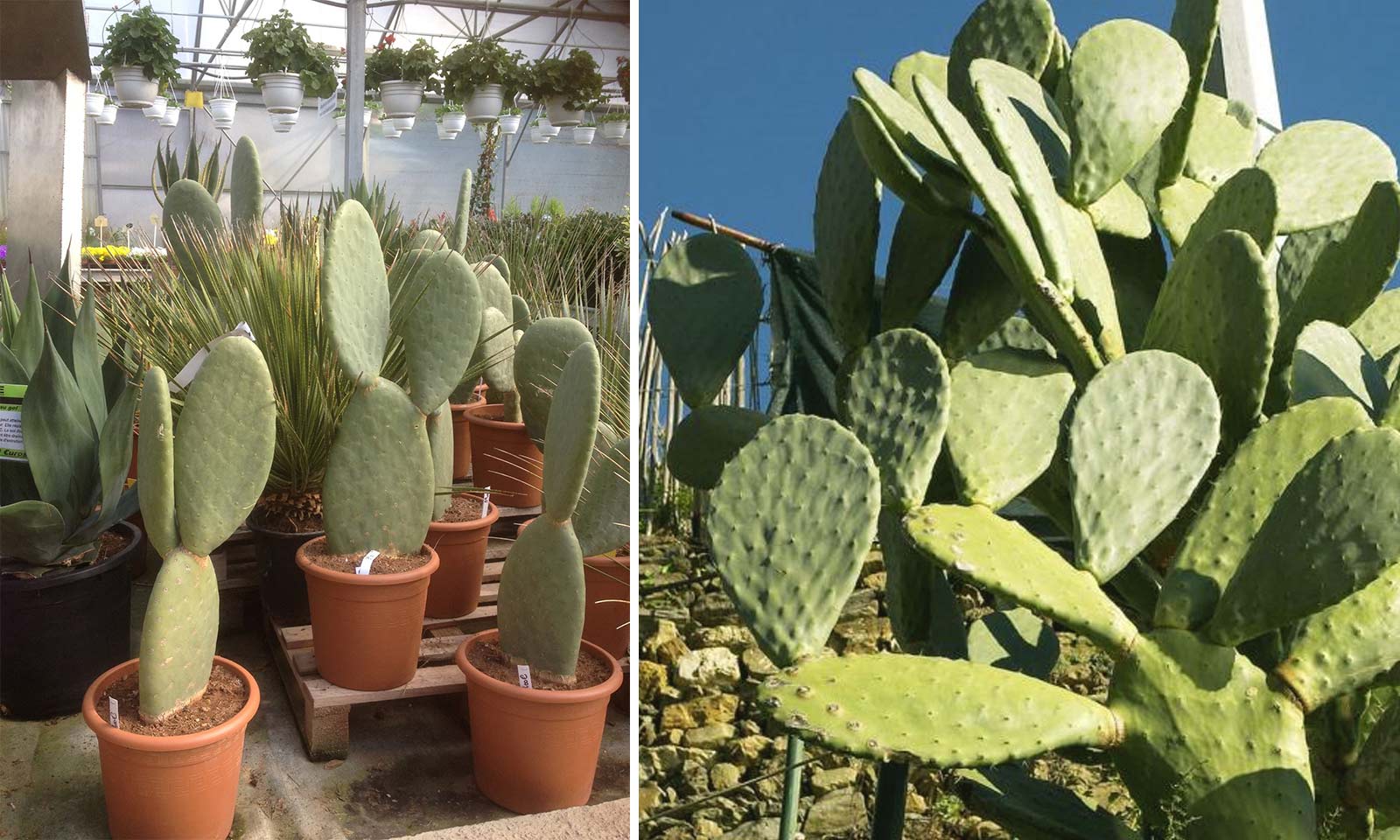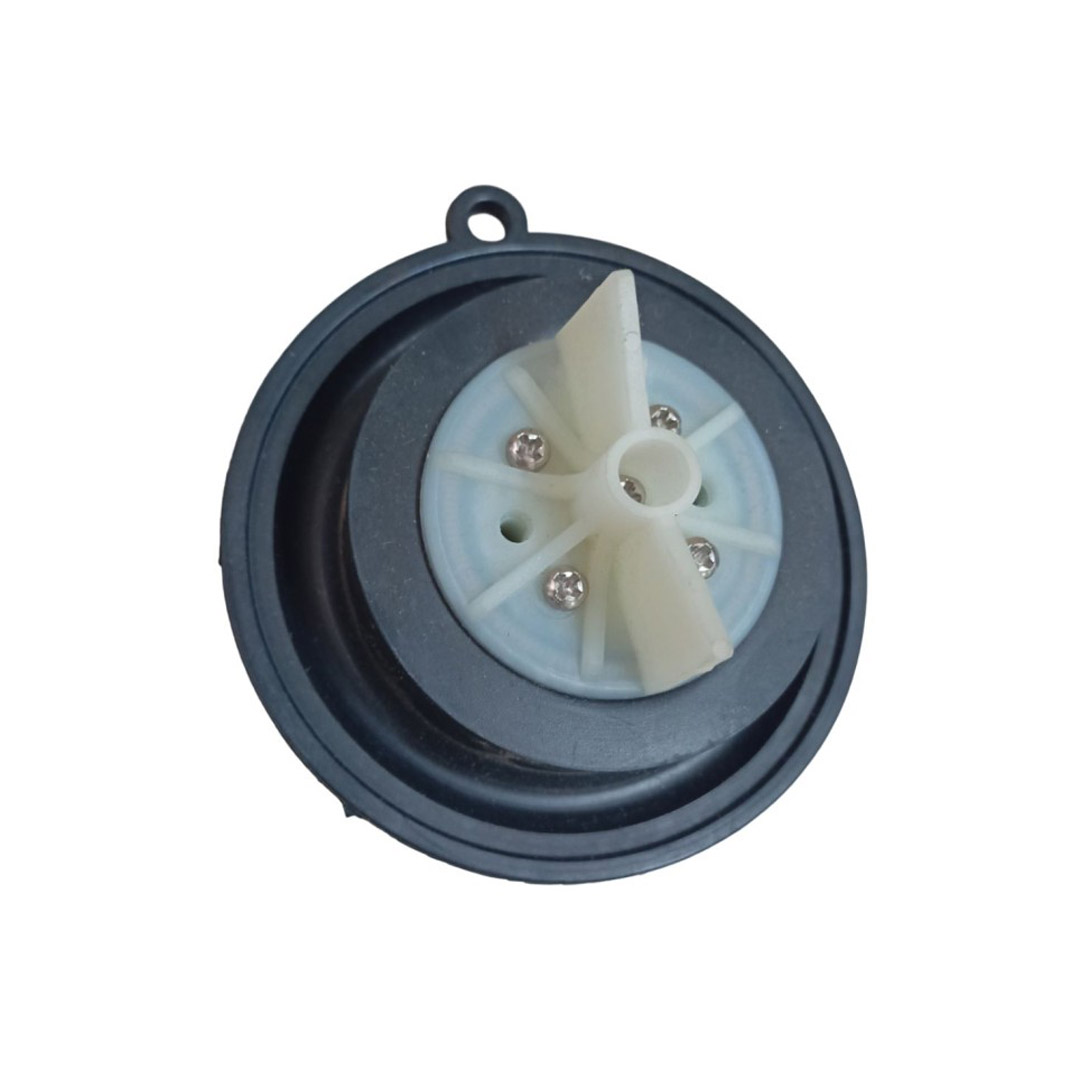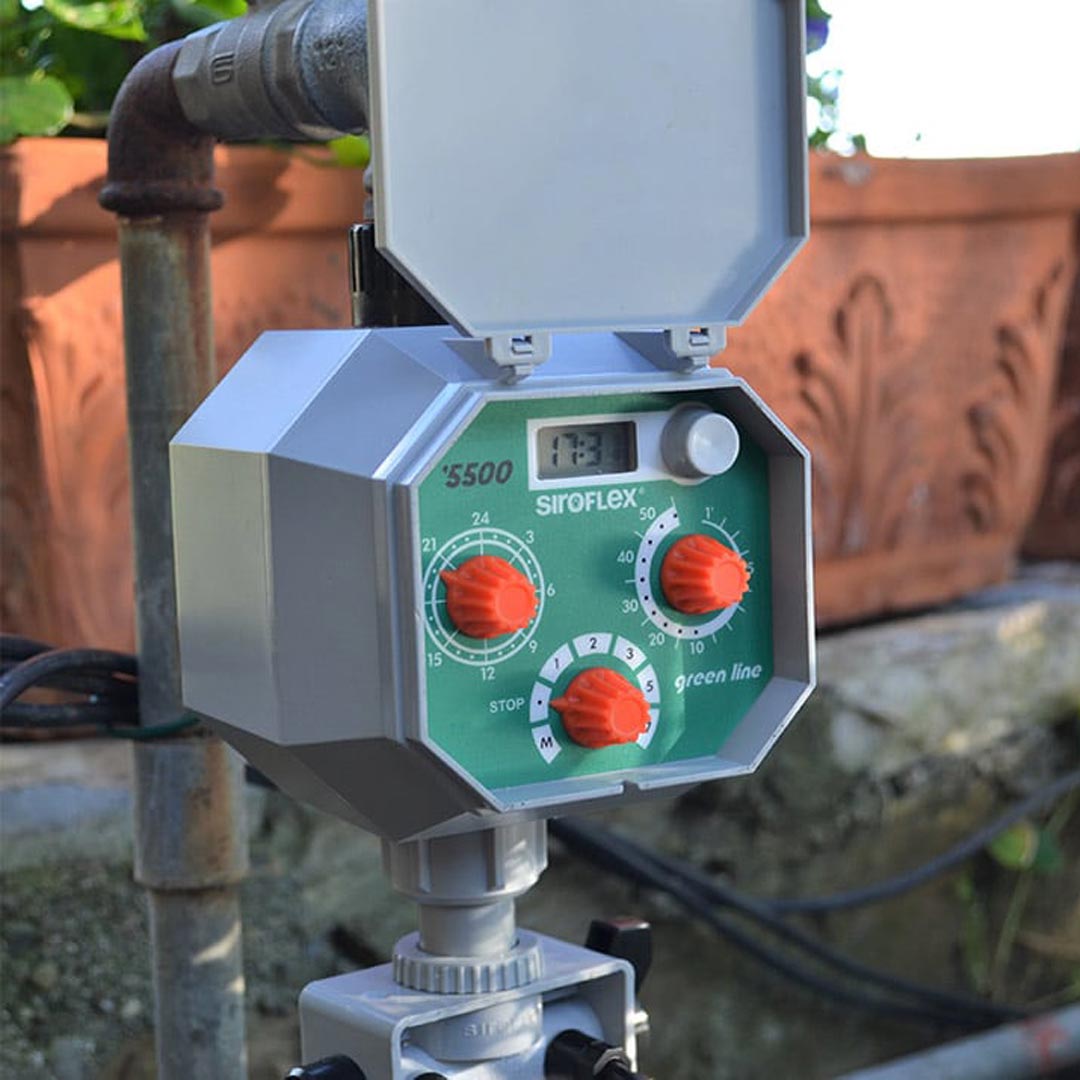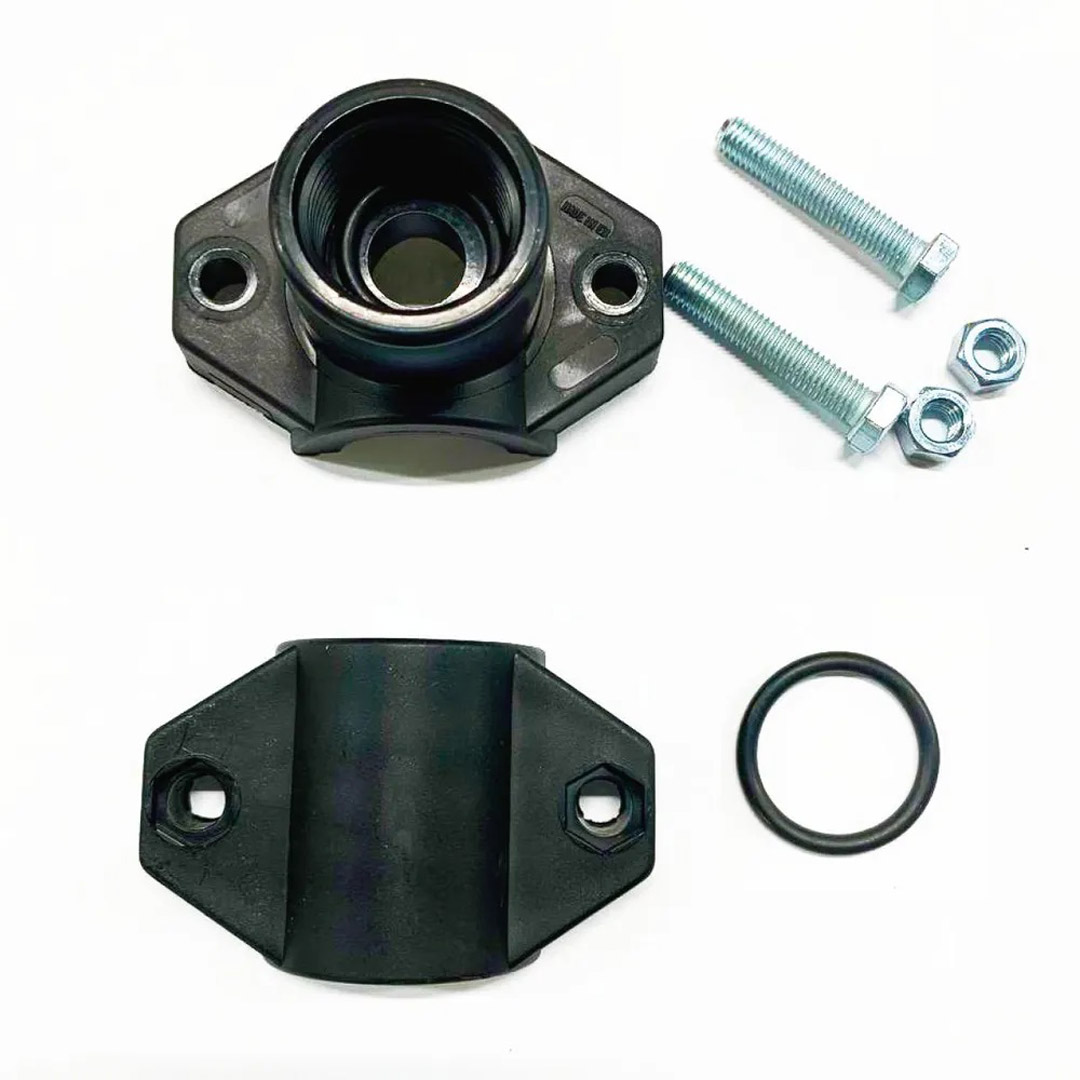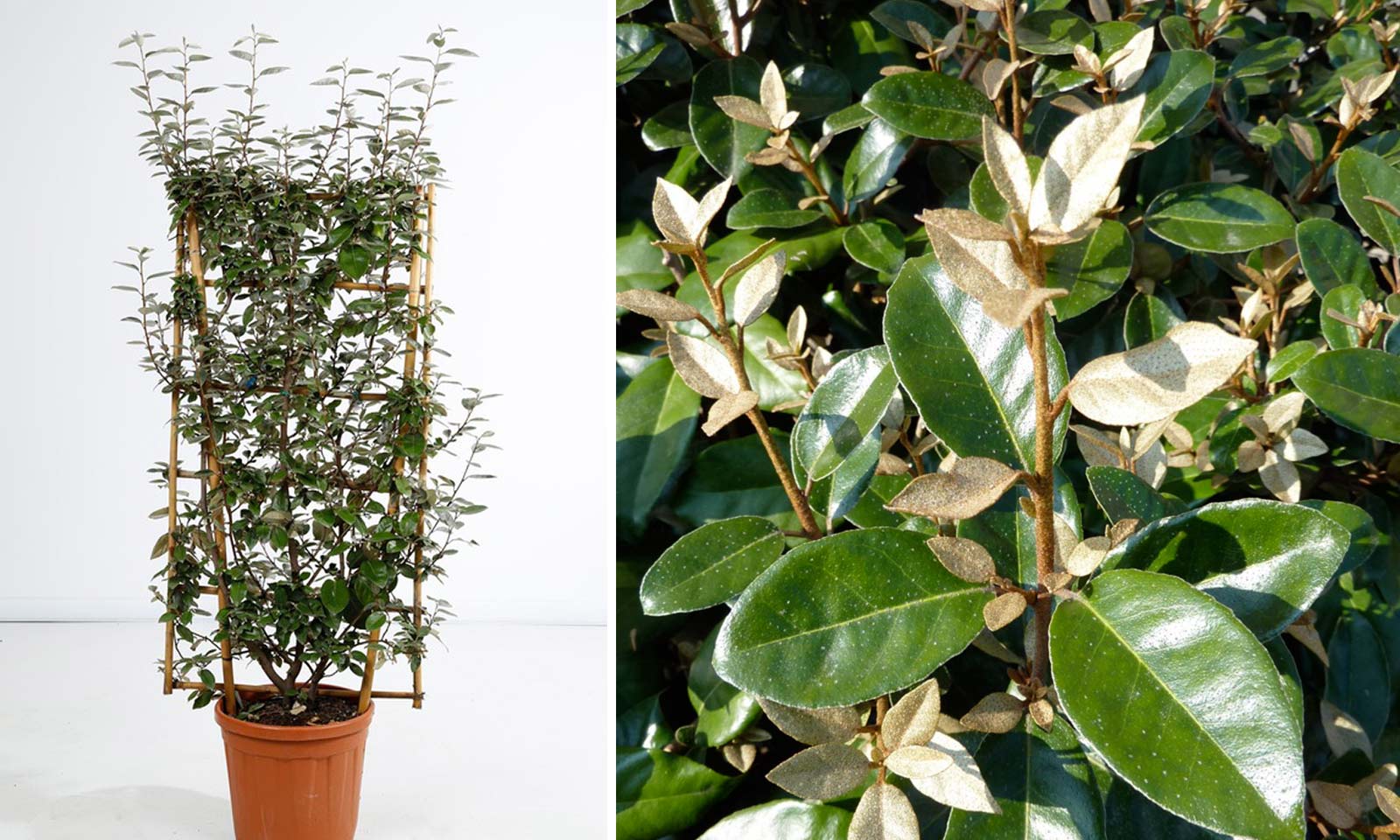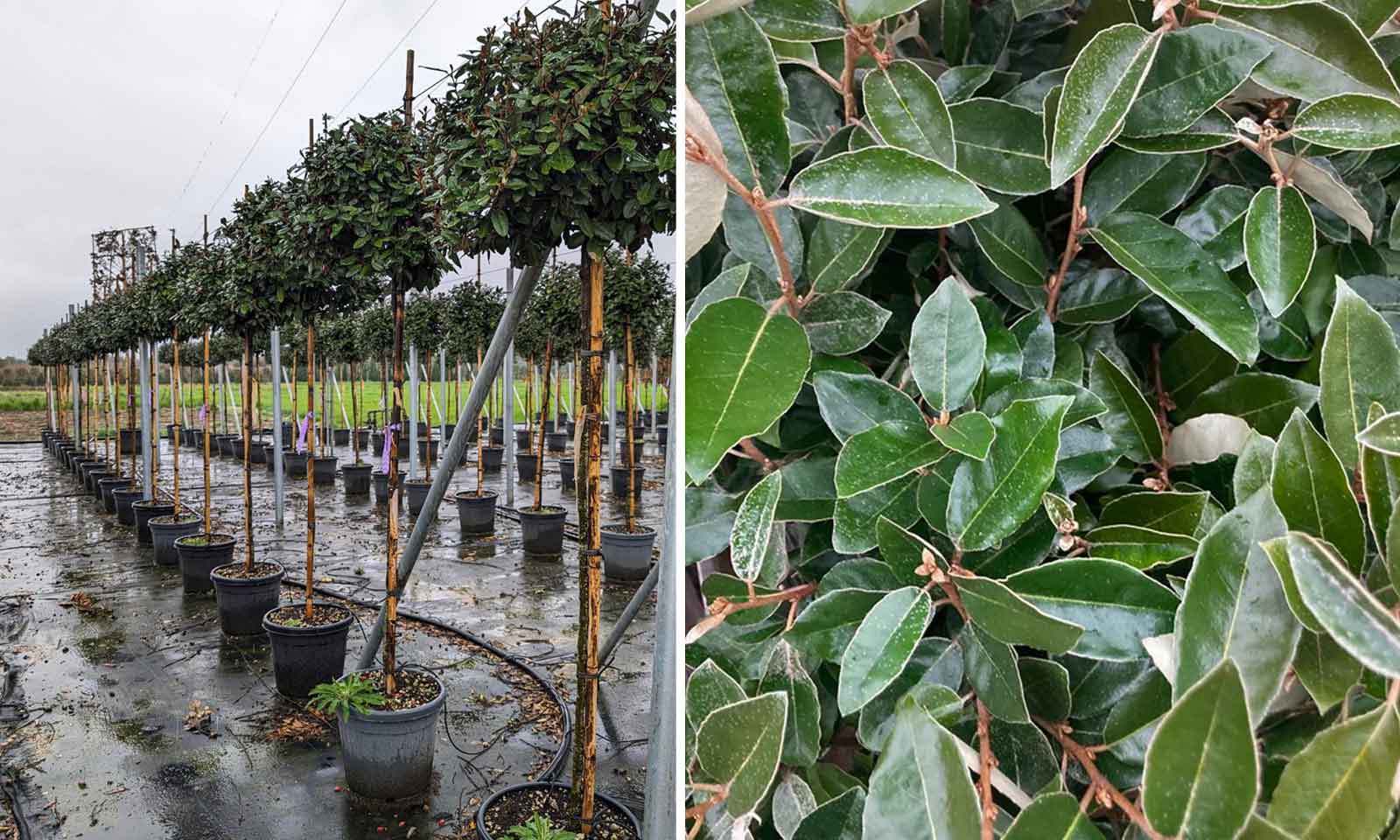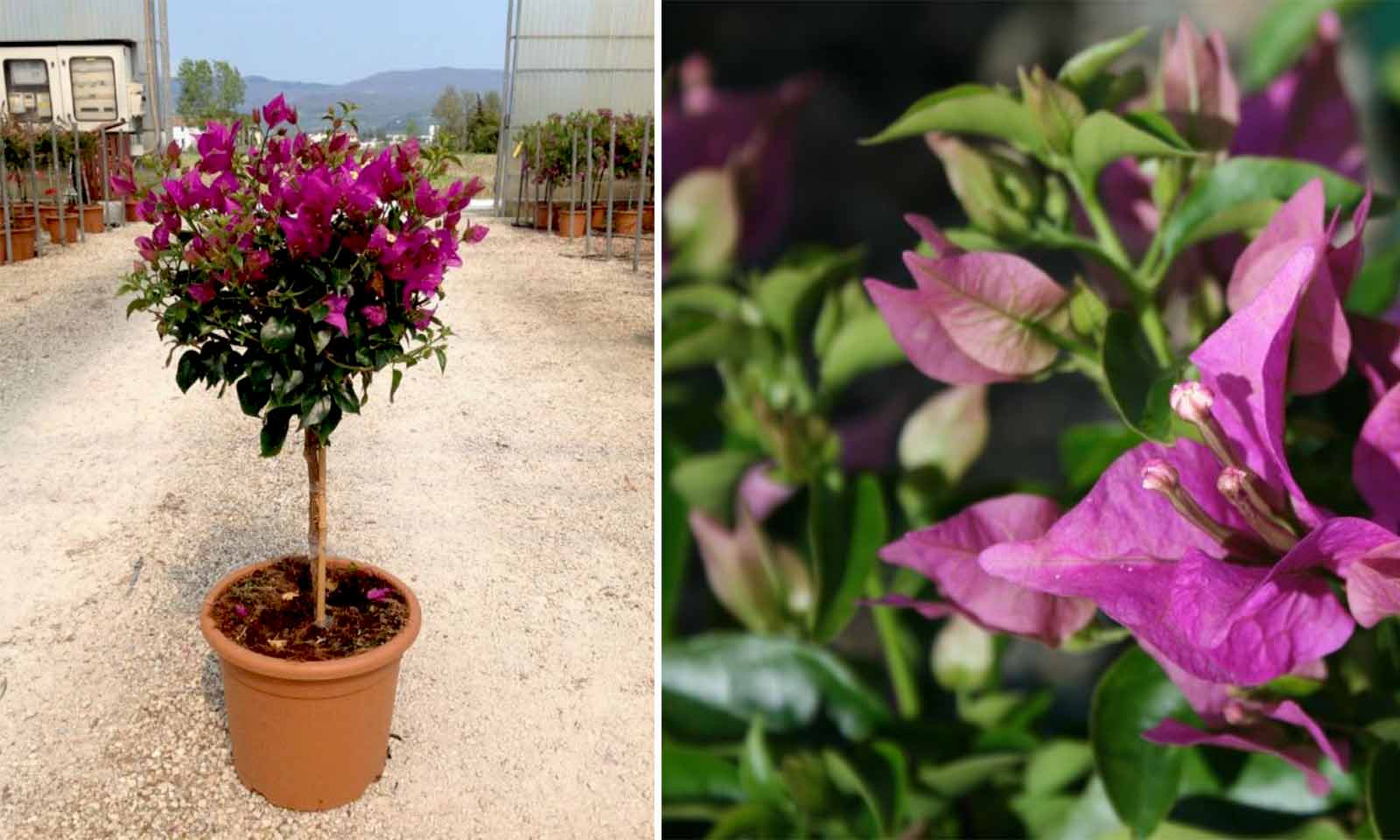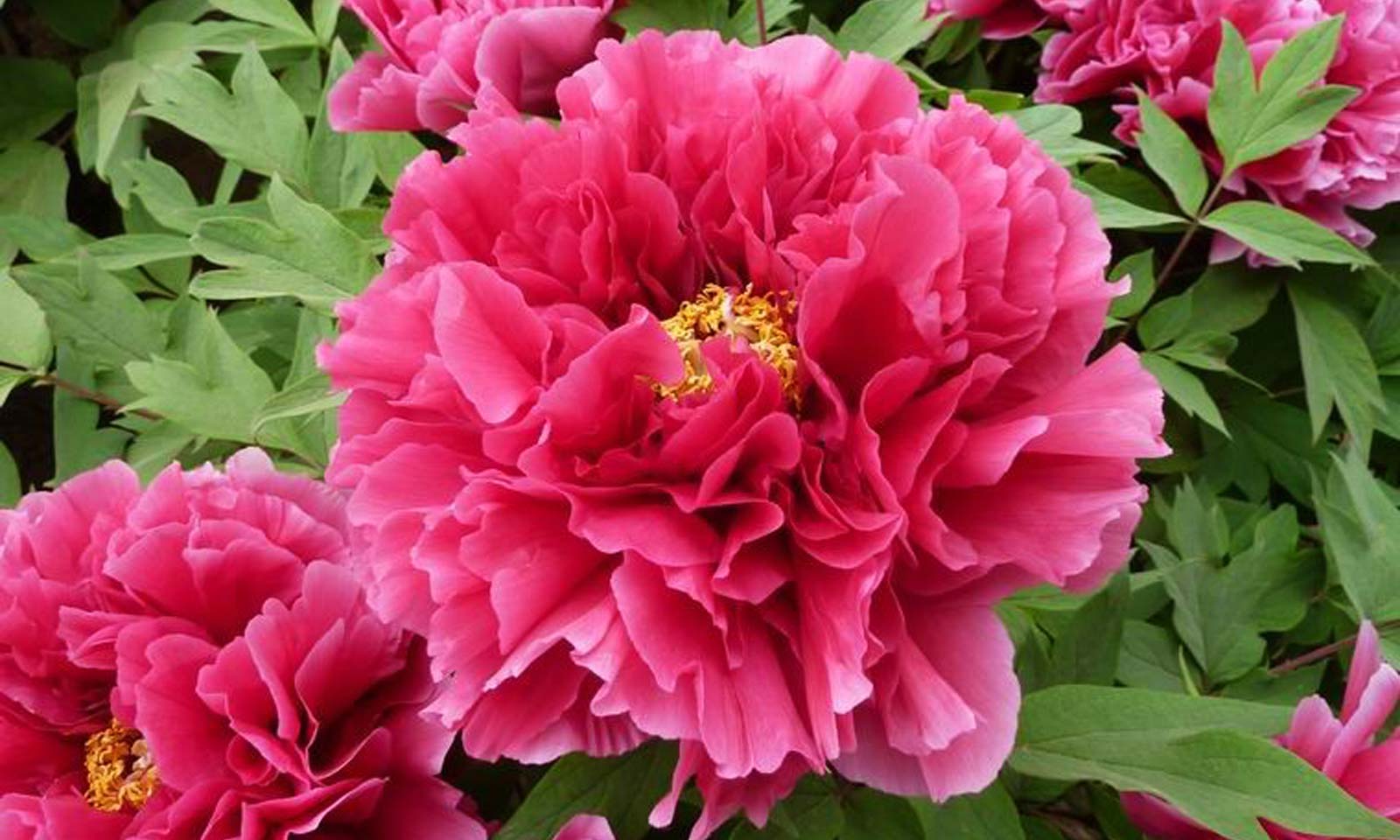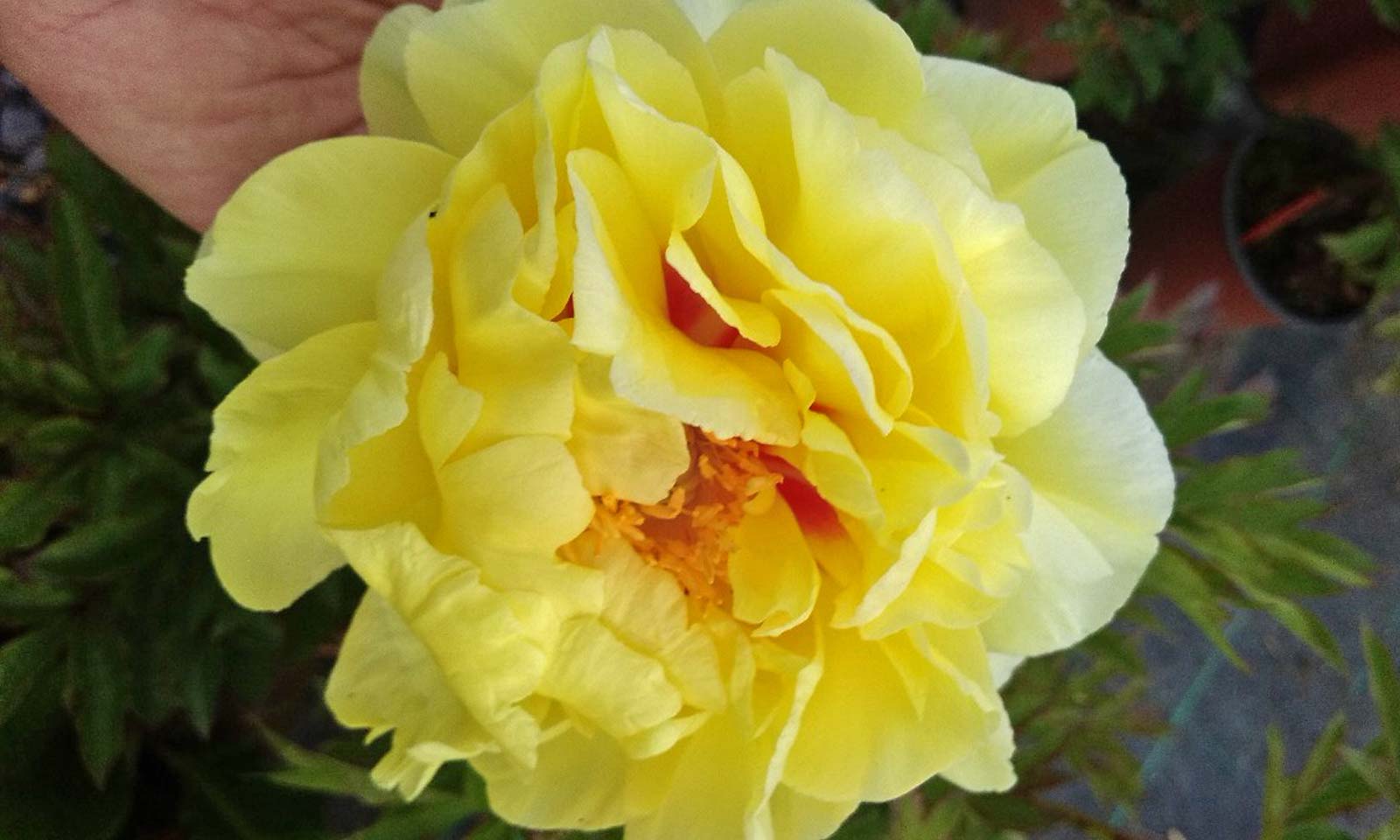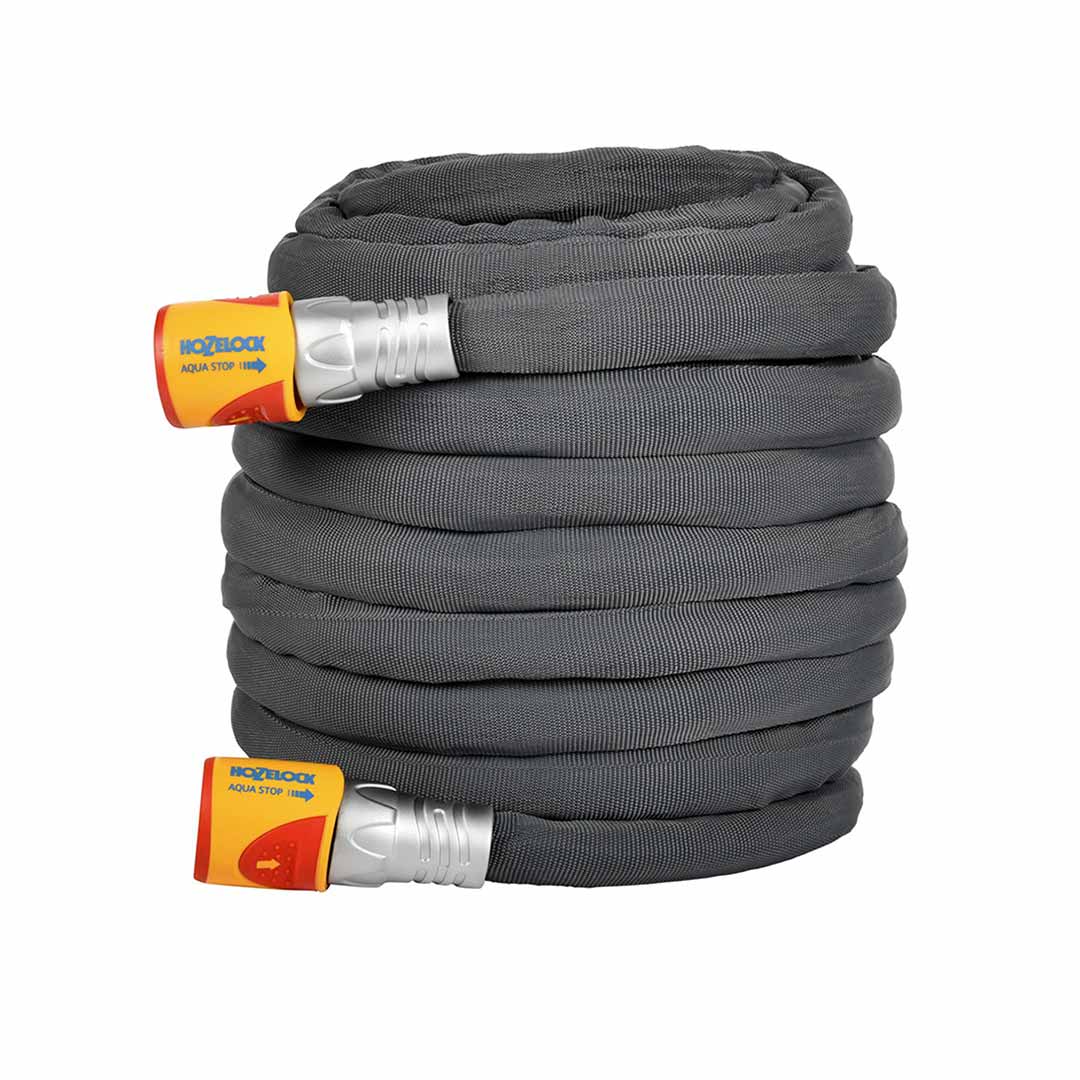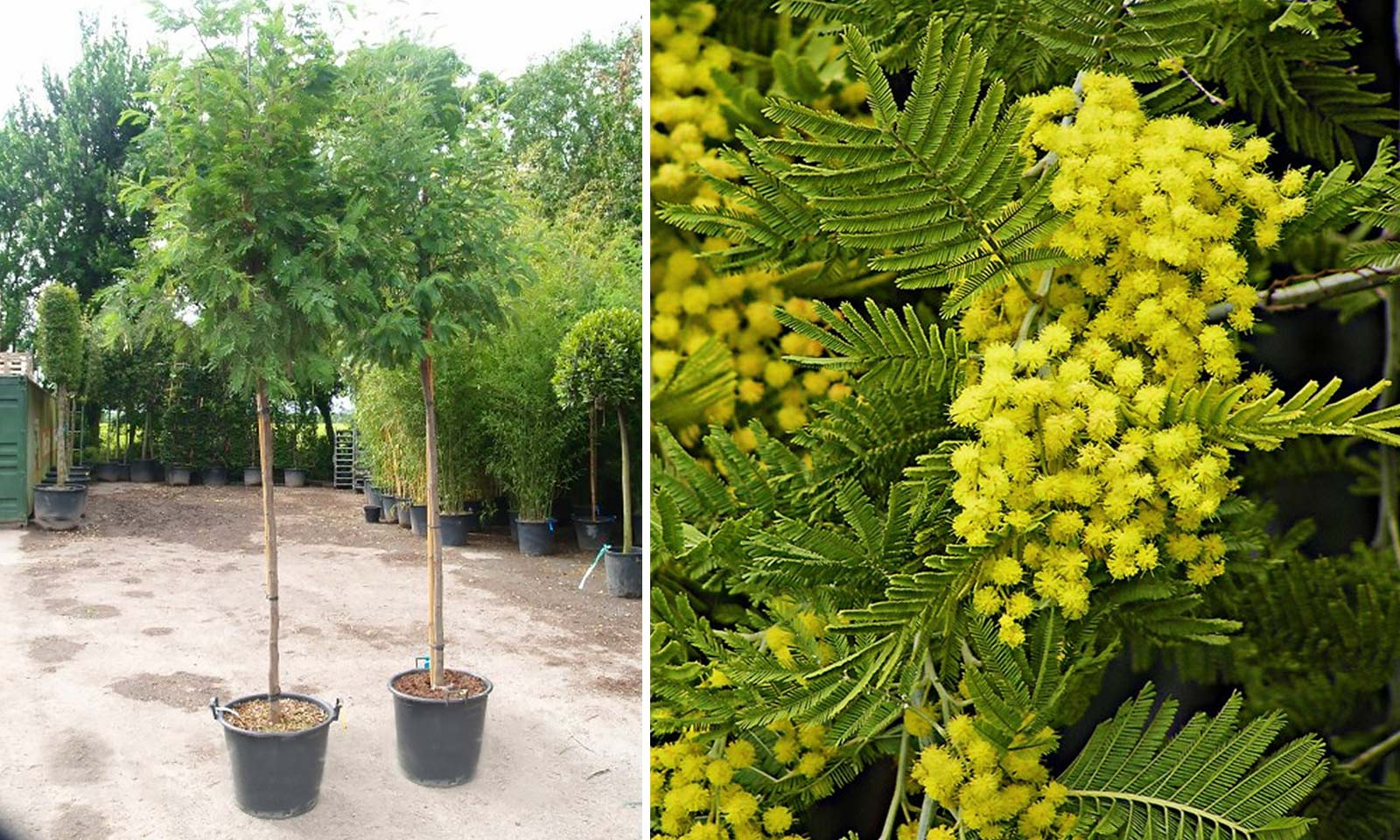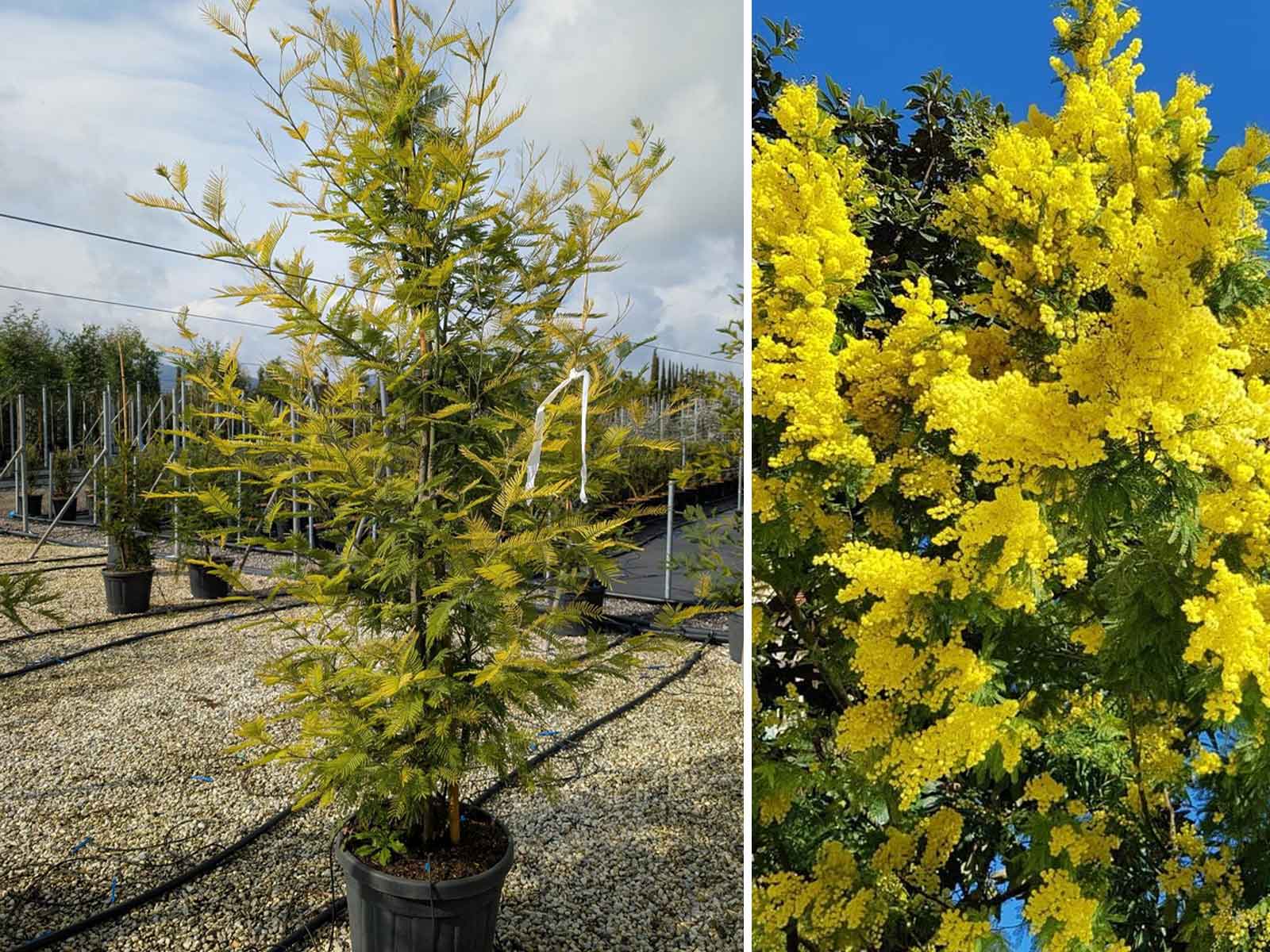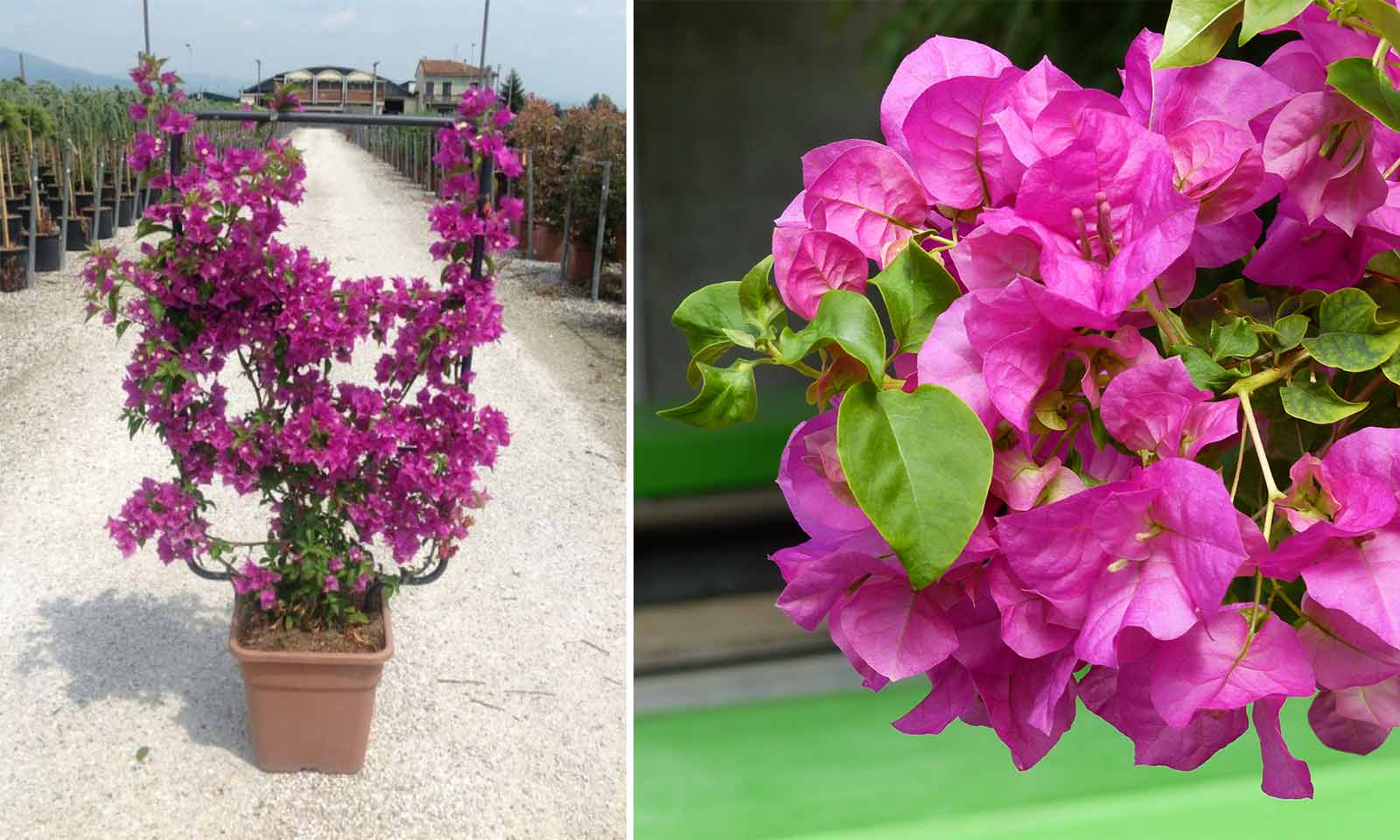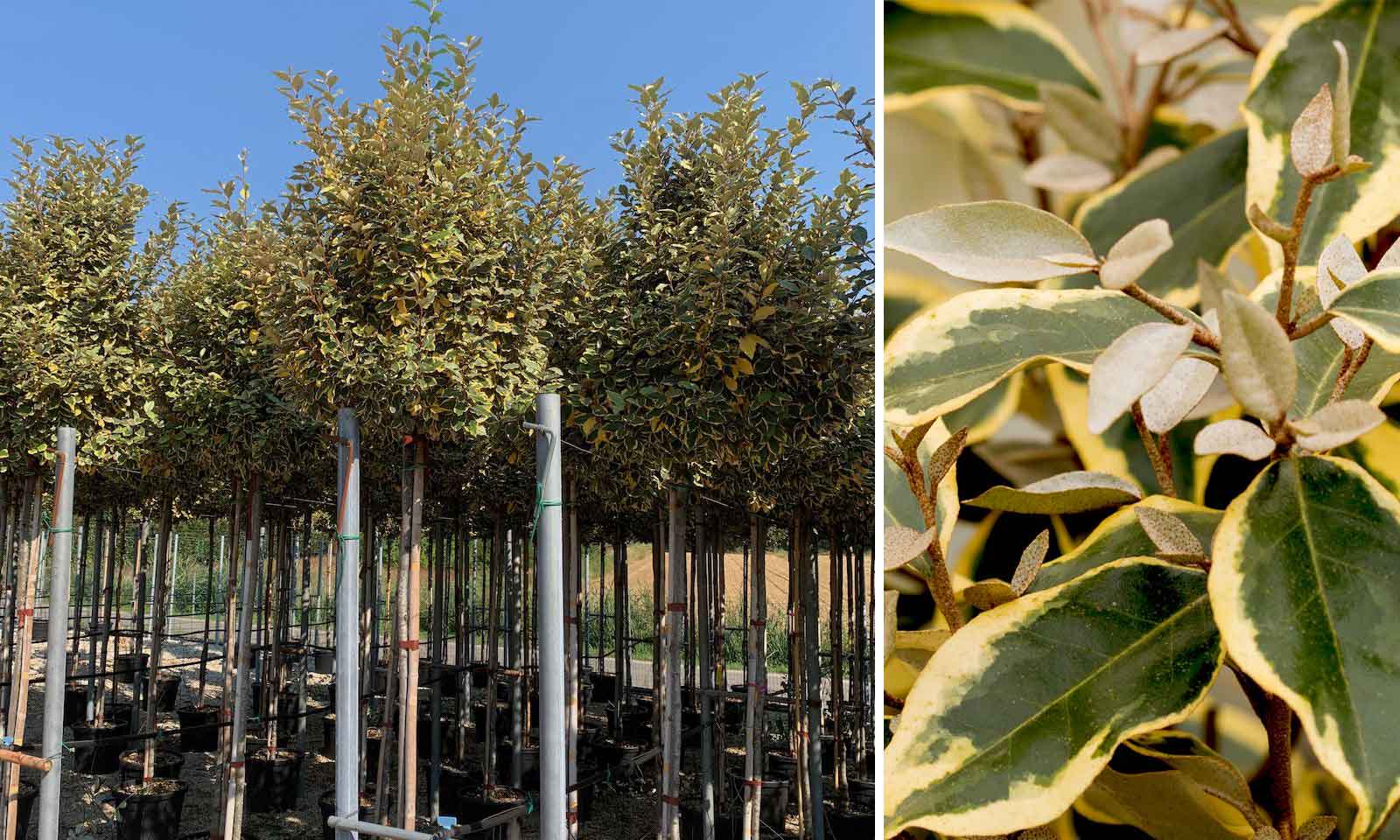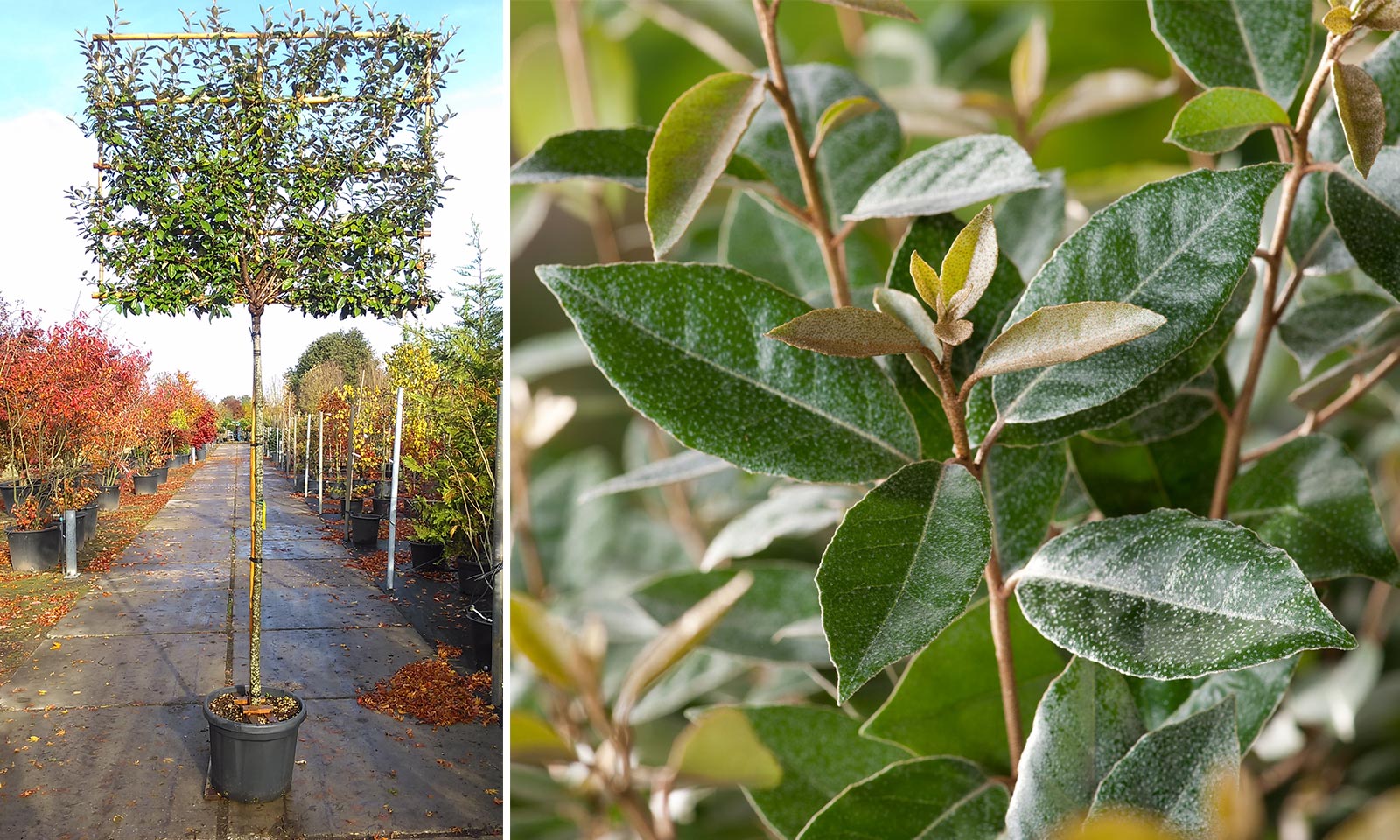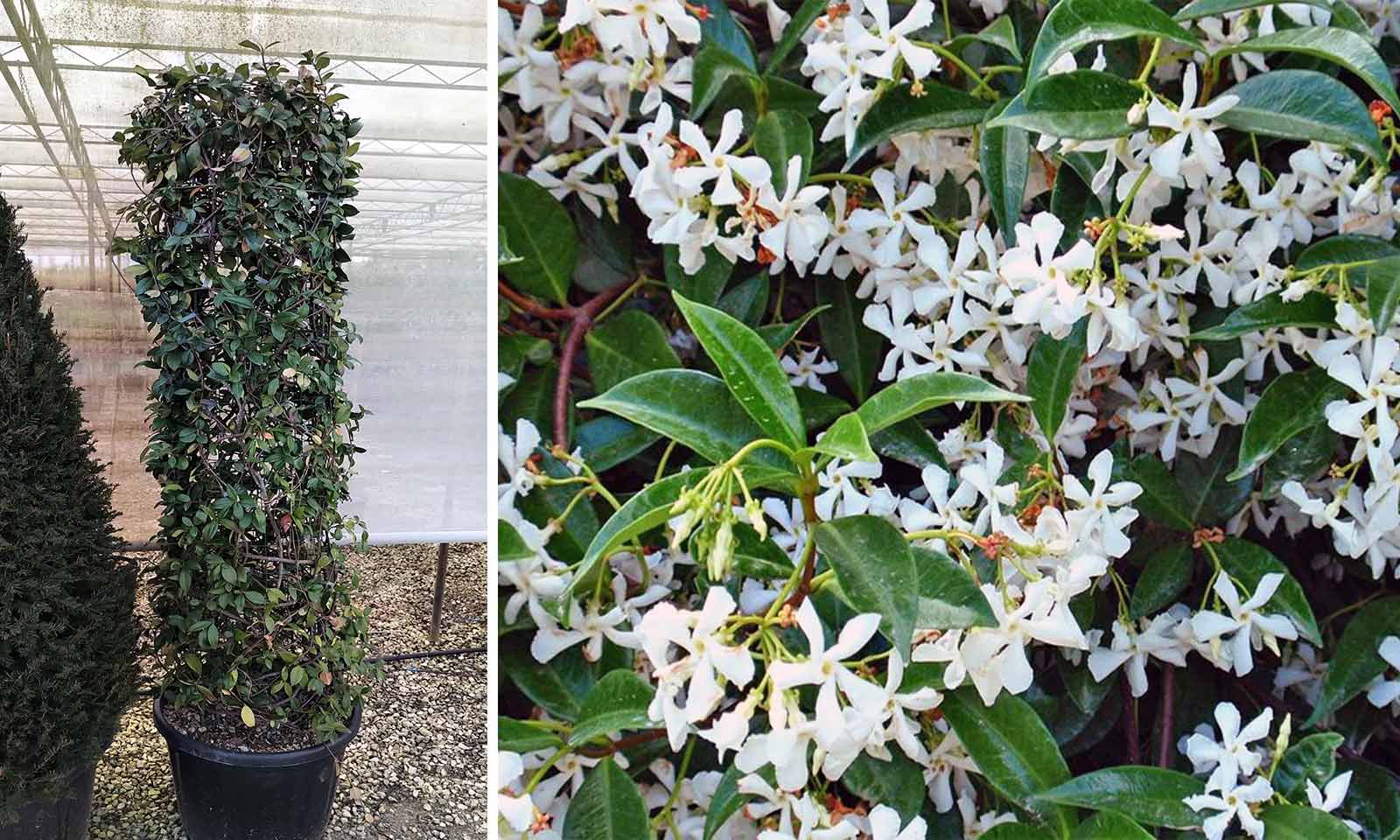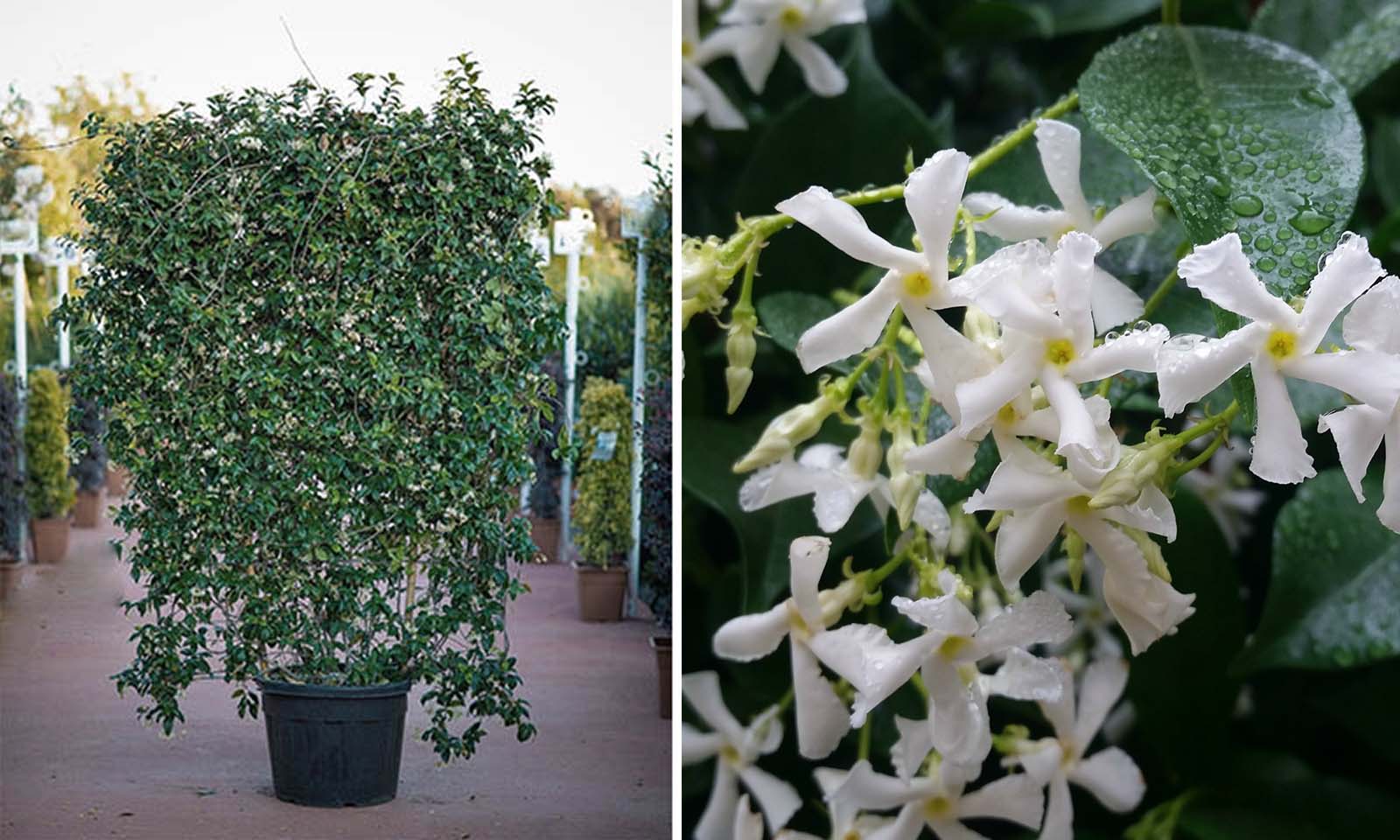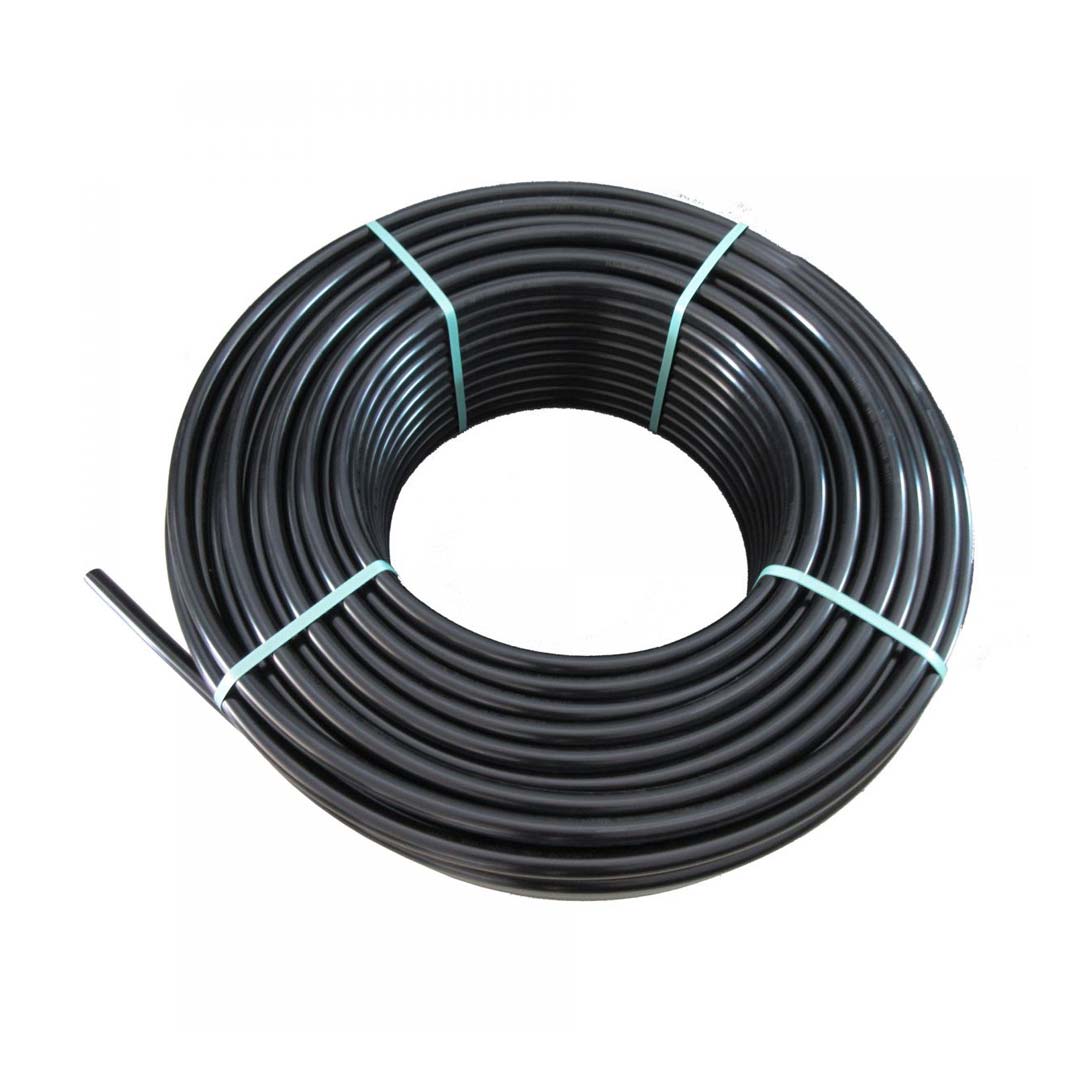Rhyncospermum Jasminoides / Trachelospermum Jasminoides (Star Jasmine) - Cylinder
A climbing, evergreen, woody shrub. Its leaves are oval, shiny and darkgreen in colour with a lighter shade on the undersides. From May to the end of the month of August, simple, pure white, 5-petalled, intensely fragrant flowers are produced.
Trachelospermum jasminoides is commonly grown as an ornamental plant and houseplant. In gardens, public landscapes, and parks it is used as a climbing vine, a groundcover, and a fragrant potted plant on terraces and patios. It will flower in full sun, partial shade, or total shade, and requires well-drained soil (if constantly kept damp it may succumb to fungal infection), moderate water, moderate fertilizer, and a climbing structure (whether a trellis or another plant is secondary). Propagation is most commonly done with cuttings/clones.
It is widely planted in California and also particularly in the Southeastern United States. It is debated however, where the common name for this plant, confederate jasmine, comes from. While some dictionaries suggest that the name comes from the plant’s common cultivation in the southern United States, others argue that the term actually comes from Malaysia, and the former Malay confederacy. It gets another of its common names, trader’s compass, from an old Uzbekistan saying that it pointed traders in the right direction, provided they were of good character. It is also called star jasmine in Europe and Chinese jasmine or Chinese ivy in Asia.
Latin Name: Rhyncospermum Jasminoides, Trachelospermum Jasminoides
English Name: Star Jasmine, Confederate Jasmine, Southern Jasmine
Species: Oleaceae
Genus: Trachelospermum
Foliage Type: Evergreen
Foliage: Green
Fragrance: Flower
Flower: White
Flowering Period: Spring-Summer
Suggested Location: Outdoor.
Suggested Soil Type: Well-drained. Chalk, Loam, Sand.
Suggested Exposure to Sunlight: Full Sunlight or Partial Shade or Full Shade
Suggested Exposure to Weather: Sheltered
Hardiness Rating: Medium (H4)
Lowest Temperature Tolerance: -10 °C to -5 °C (14 °F to 23 °F)
Maintenance: Requires little pruning other than to thin overcrowded growth after flowering
Growth Habit: Climbing
Pests: May be affected by mealybugs and glasshouse red spider mite under glass
Diseases: Generally disease free
Cultivation: Grow outdoors in well-drained soil in a sheltered, frost-free area. Under glass grow in loam-based compost in bright filtered light
Propagation: Propagate by semi-hardwood cuttings or by layering in autumn
Suggested planting locations and garden types: Low Maintenance Wall-side Borders Patio & Container Plants City & Courtyard Gardens
Delivery Cost: This is calculated based on the total size, weight and quantity of your order, as well as the location of your delivery address. You will see the final price at the Online Checkout Page (before making payment). Our website will automatically calculate the lowest possible delivery price and apply discounts to orders of certain products – giving you the best value delivery every time!
Please note that high-volume orders will decrease your delivery costs significantly by spreading the price across multiple items. Visit our Delivery Policy page for more information.
